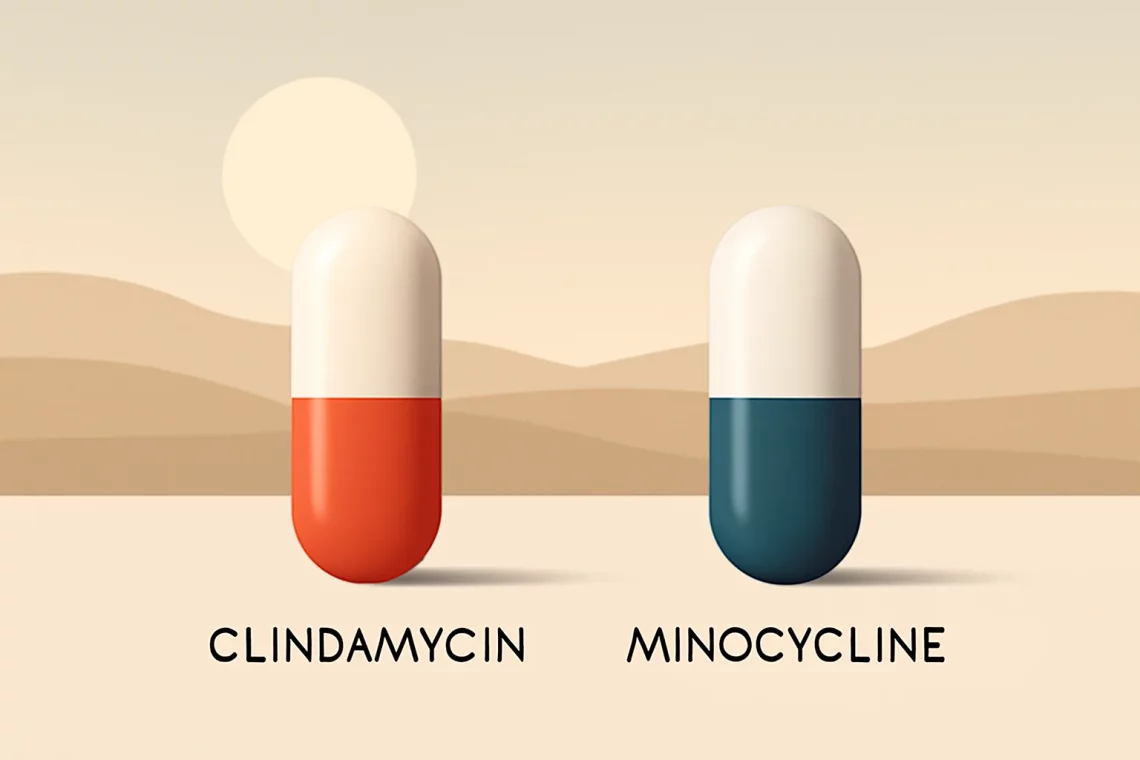-
Clonazepam vs Ativan: Understanding Their Differences and Uses
Clonazepam and Ativan are two medications that fall under the category of benzodiazepines, which are widely prescribed for their sedative, anti-anxiety, and muscle-relaxing properties. These medications have gained prominence for their effectiveness in treating various mental health conditions, including anxiety disorders, panic attacks, and seizures. The rise in the prescription of benzodiazepines has led to a growing interest in understanding the differences and similarities between Clonazepam and Ativan, especially among those seeking relief from anxiety and related disorders. As the demand for effective treatment options increases, patients and healthcare providers alike are keen to compare these two medications. While both Clonazepam and Ativan can provide significant benefits, they also come…
-
Diazepam vs Clonazepam: Which Medication Is Right for You?
In the realm of mental health and pharmacology, few medications have garnered as much attention as benzodiazepines, particularly Diazepam and Clonazepam. These drugs are widely used for their anxiolytic, anticonvulsant, and muscle relaxant properties. Both have carved out significant roles in treating various disorders, including anxiety, panic attacks, and certain types of seizures. However, their differences in mechanism, efficacy, and side effects can often lead to confusion for patients and healthcare providers alike. Understanding these differences is crucial for making informed decisions about treatment options. As the conversation around mental health continues to evolve, the importance of choosing the right medication has become more pronounced. Patients often find themselves navigating…
-
Cephalexin vs Bactrim: Choosing the Right Antibiotic for You
Cephalexin and Bactrim are two commonly prescribed antibiotics that serve different purposes in the treatment of bacterial infections. Understanding the distinctions between these medications is crucial for both patients and healthcare providers to ensure the appropriate choice is made for each individual case. Antibiotics play a vital role in modern medicine, helping to combat infections that can lead to serious health complications. However, the growing concern over antibiotic resistance has emphasized the need for careful selection and judicious use of these medications. Cephalexin, a first-generation cephalosporin antibiotic, is effective against a range of gram-positive bacteria. It works by inhibiting cell wall synthesis, ultimately leading to bacterial cell death. On the…
-
Clindamycin vs Minocycline: Choosing the Right Antibiotic for You
Clindamycin and minocycline are two antibiotics commonly used in the treatment of various bacterial infections. Both medications belong to different classes of antibiotics, each with its unique mechanism of action, spectrum of activity, and side effects. The use of antibiotics has become increasingly important in managing infections, particularly in an era where antibiotic resistance is a growing concern. Understanding the differences between clindamycin and minocycline can help healthcare providers make informed decisions about which antibiotic to prescribe for specific infections. While both are effective against certain bacteria, they may be preferred in different clinical scenarios. Additionally, factors such as patient history, potential side effects, and the specific type of infection…
-
Doxycycline vs Minocycline: Which Antibiotic is Right for You?
Doxycycline and minocycline are both antibiotics belonging to the tetracycline class, commonly prescribed for various bacterial infections. While they share similar mechanisms of action and therapeutic uses, each has unique properties that can influence their effectiveness, side effects, and suitability for different patient populations. Understanding the distinctions between these two medications is essential for healthcare providers, patients, and anyone interested in antibiotic treatment options. As antibiotic resistance continues to rise, knowing the most appropriate antibiotic for specific conditions is crucial. Factors such as the type of infection, individual patient response, and potential side effects can all play significant roles in determining whether doxycycline or minocycline is the better choice. This…
-
Minocycline vs Doxycycline: Choosing the Right Antibiotic for You
Minocycline and doxycycline are two commonly prescribed antibiotics belonging to the tetracycline class. They are both effective in treating a variety of bacterial infections; however, they have distinct properties, uses, and side effects that can influence a healthcare provider’s choice of treatment. Understanding the nuances between these two medications can be crucial for patients when discussing treatment options with their healthcare providers. While both minocycline and doxycycline work by inhibiting bacterial protein synthesis, their pharmacokinetics and specific applications can differ significantly. Factors such as the type of infection, patient history, and potential drug interactions play a vital role in determining which antibiotic may be the more appropriate choice. As antibiotic…
-
Ciprofloxacin vs Levofloxacin: Which Antibiotic is Right for You?
Ciprofloxacin and Levofloxacin are two widely used antibiotics that belong to the fluoroquinolone class of drugs. These medications are commonly prescribed to treat various bacterial infections, making them vital tools in modern medicine. Their effectiveness against a broad range of pathogens has made them popular choices among healthcare providers. However, despite their similarities, there are distinct differences between these two medications that can influence treatment decisions. The rise of antibiotic resistance has further complicated the landscape of bacterial infections, necessitating a deeper understanding of the available treatment options. Healthcare professionals often assess the specific characteristics of each antibiotic, including their spectrum of activity, pharmacokinetics, and potential side effects, to determine…
-
Adderall vs Ritalin: Key Differences and Choosing the Right Medication
Adderall and Ritalin are two of the most commonly prescribed medications for the treatment of attention deficit hyperactivity disorder (ADHD). Both drugs are stimulants that affect neurotransmitters in the brain, leading to improved focus, attention, and impulse control in individuals with ADHD. However, despite their similar purposes, these medications have different active ingredients, mechanisms of action, and potential side effects. Understanding the distinctions between Adderall and Ritalin is crucial for patients, caregivers, and healthcare professionals alike. The landscape of ADHD treatment can be complex, making it essential for individuals to be well-informed about the options available to them. As awareness of ADHD continues to grow, so does the conversation surrounding…
-
Ativan vs Librium: Understanding Their Differences and Uses
Ativan and Librium are two medications that belong to the benzodiazepine class, commonly prescribed for anxiety-related disorders. While both drugs are effective in treating anxiety, they have different profiles in terms of their chemical structure, duration of action, and specific uses. Understanding the nuances between Ativan (lorazepam) and Librium (chlordiazepoxide) can help patients and healthcare providers make informed decisions about treatment options. This discussion is particularly relevant as anxiety disorders have become increasingly prevalent in today’s fast-paced society. As individuals seek relief from their symptoms, it is essential to understand how these medications work, their potential side effects, and the circumstances under which they are prescribed. Choosing the right medication…
-
Amoxicillin vs Cephalexin: Which Antibiotic is Right for You?
In the realm of modern medicine, antibiotics play a crucial role in combating bacterial infections. Among the numerous antibiotics available, Amoxicillin and Cephalexin are two commonly prescribed options. Both of these medications belong to different classes of antibiotics and have their unique mechanisms of action, effectiveness against various bacterial strains, and potential side effects. As the rise of antibiotic resistance continues to be a pressing global health issue, understanding the differences and similarities between these two antibiotics can help patients make informed decisions about their treatment options. Patients often find themselves navigating a confusing landscape of medical terminology and treatment protocols. As they seek relief from infections, they may encounter…







































